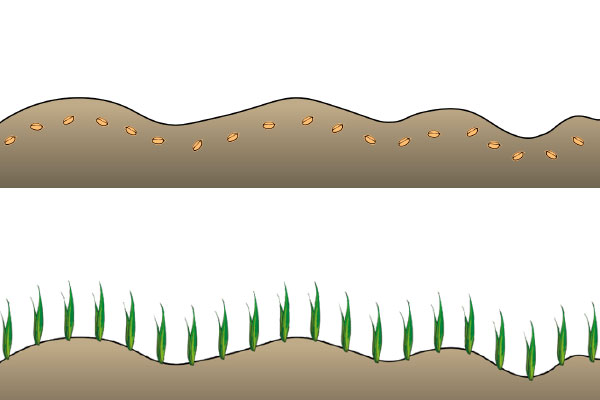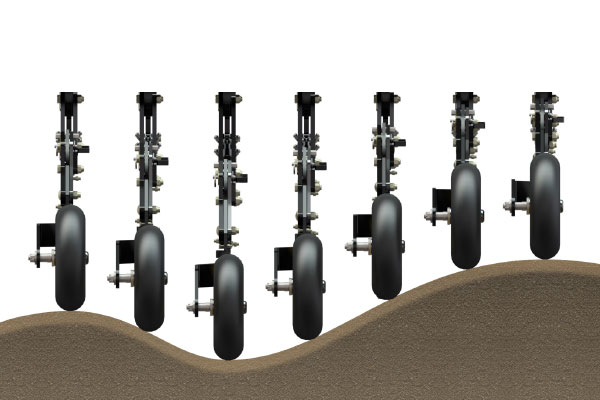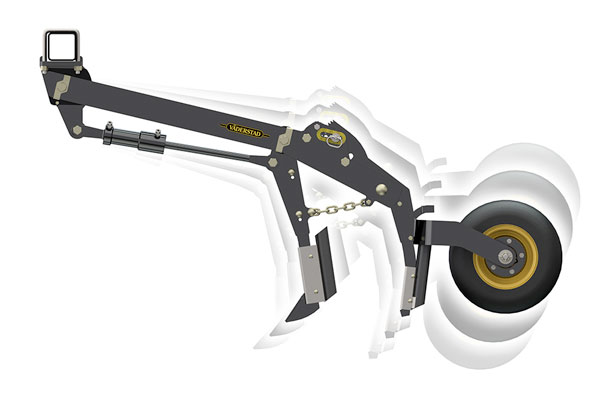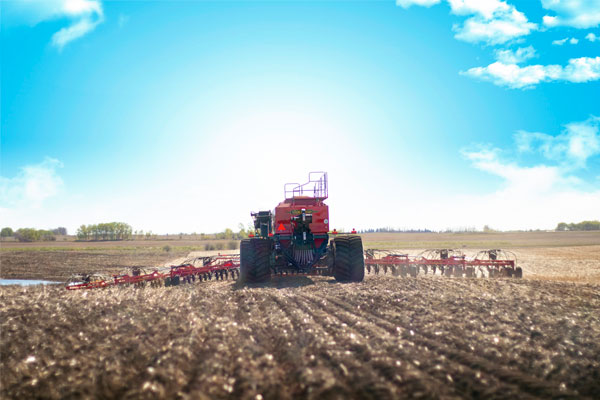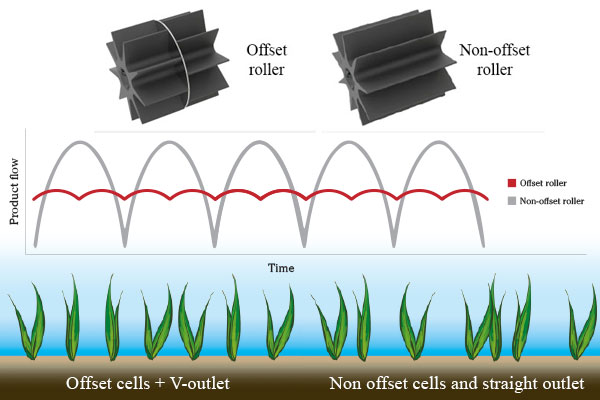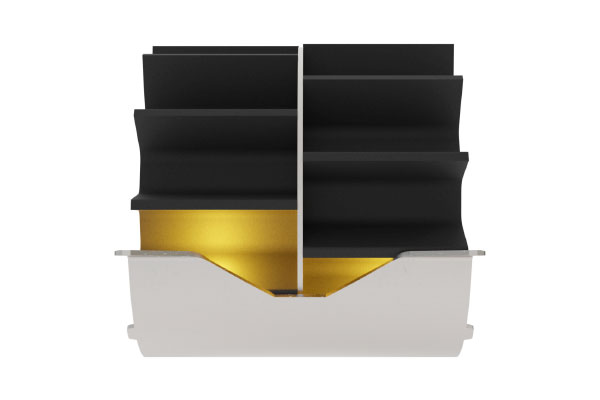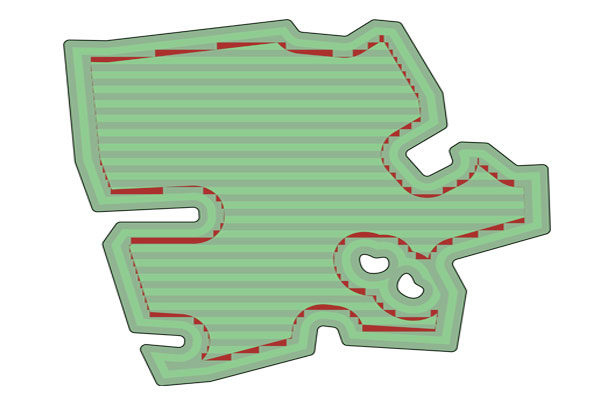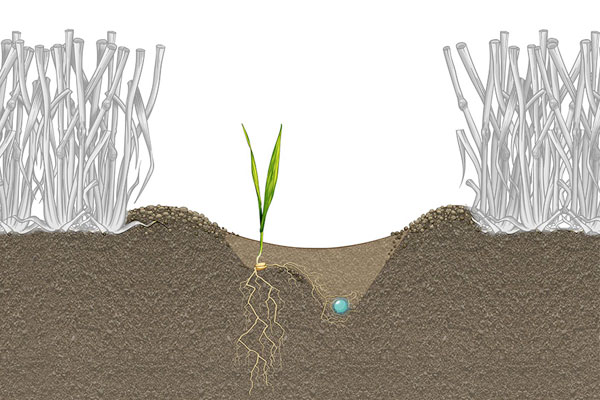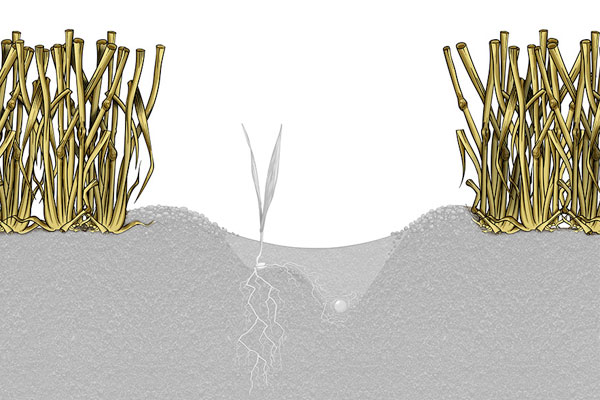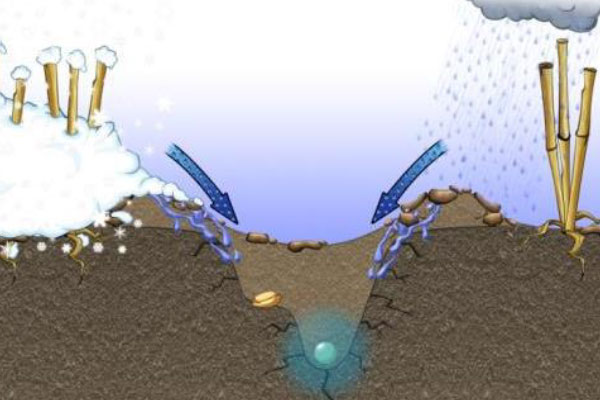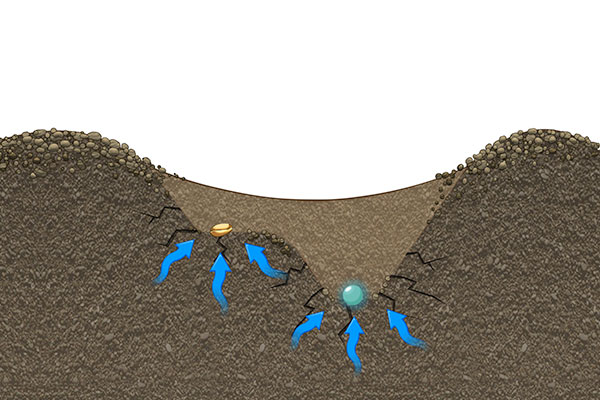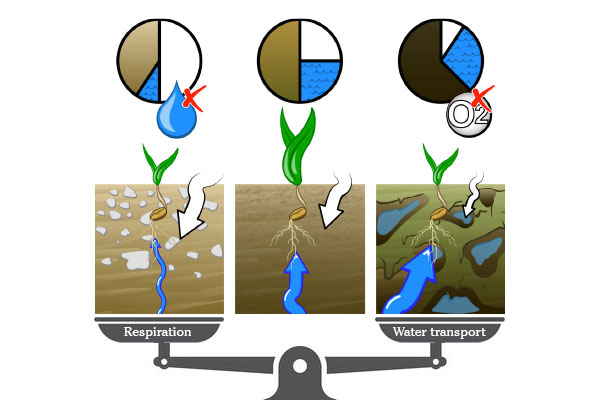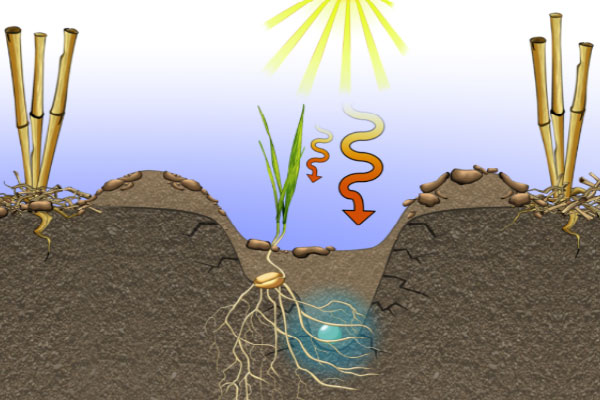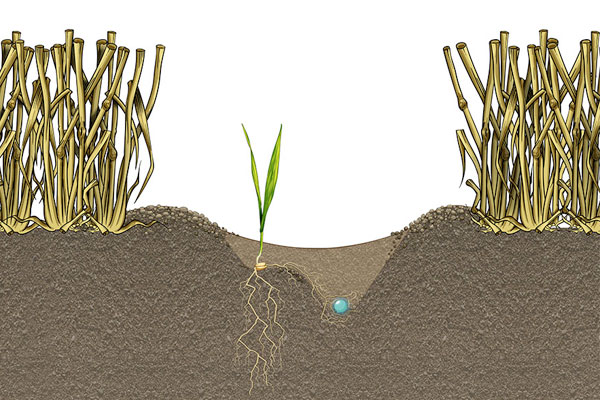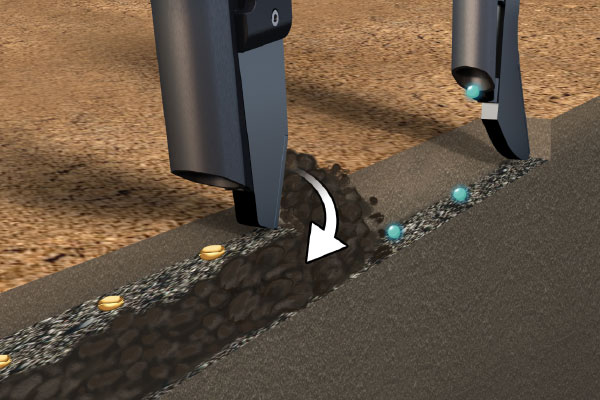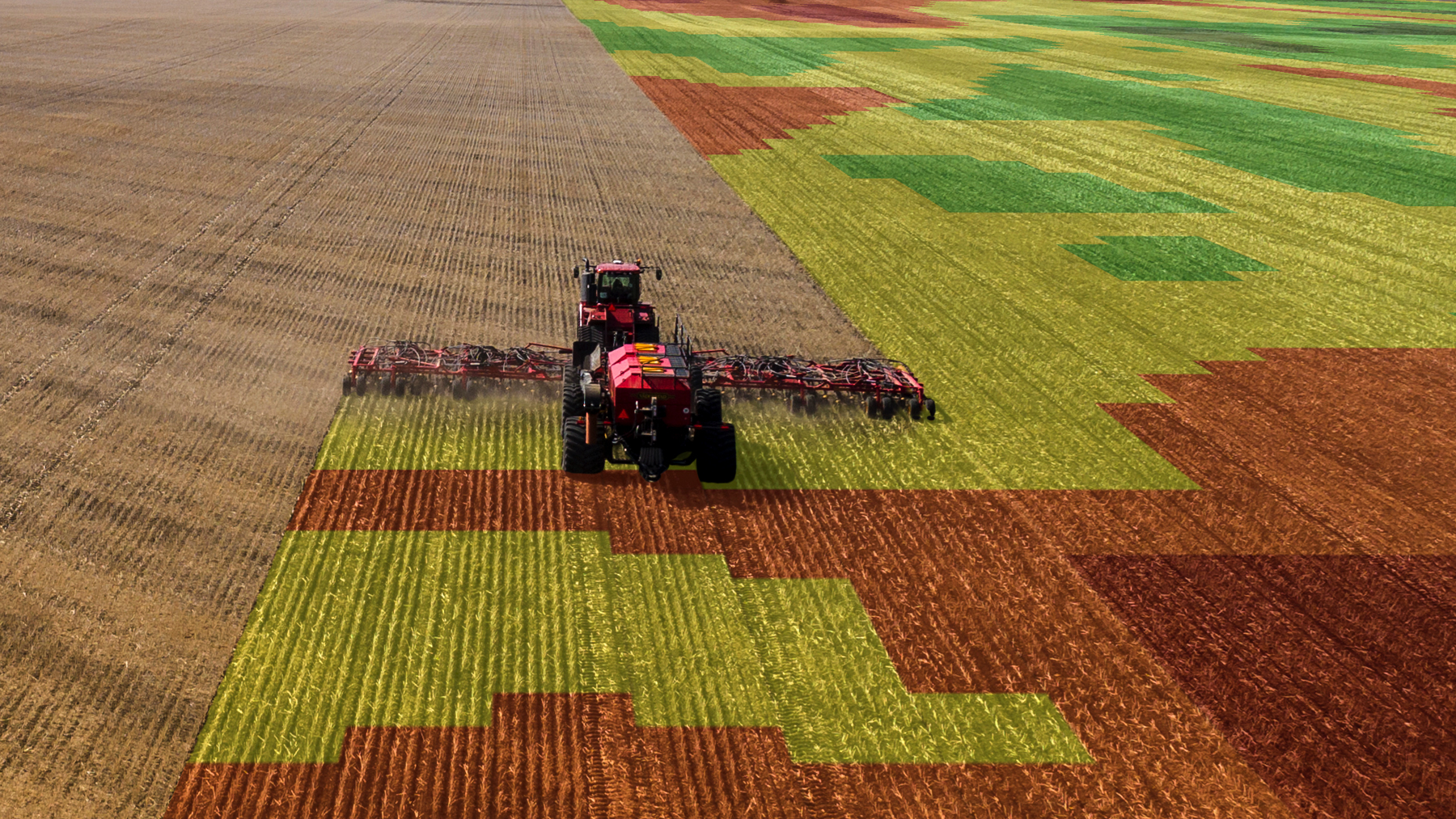By controlling each row individually, each seed is granted the same great conditions for growth. A consistent contour following ability is crucial in no-till operations where variable field conditions are present. The Seed Hawk opener excels in this area.
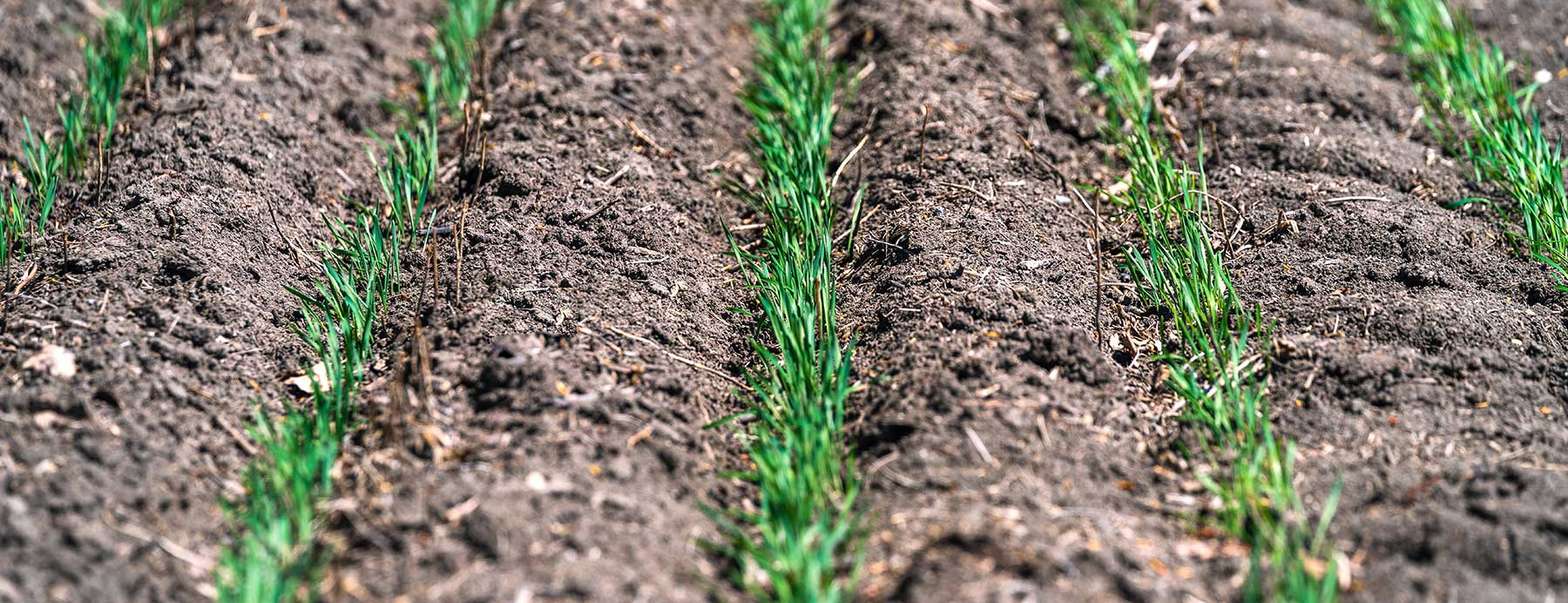
It starts with sound agronomics
Seed Hawk drills are built on, and inspired by, precision agronomy. Producing the best crop starts with precise, accurate seeding with optimum fertiliser placement. It is the task of the equipment to maximise the potential of the seed and fertiliser being placed into the ground. Seed Hawk drills are renowned for delivering agronomic performance in the growers' fields, resulting in maximum return on investment and reduced risk in all conditions.
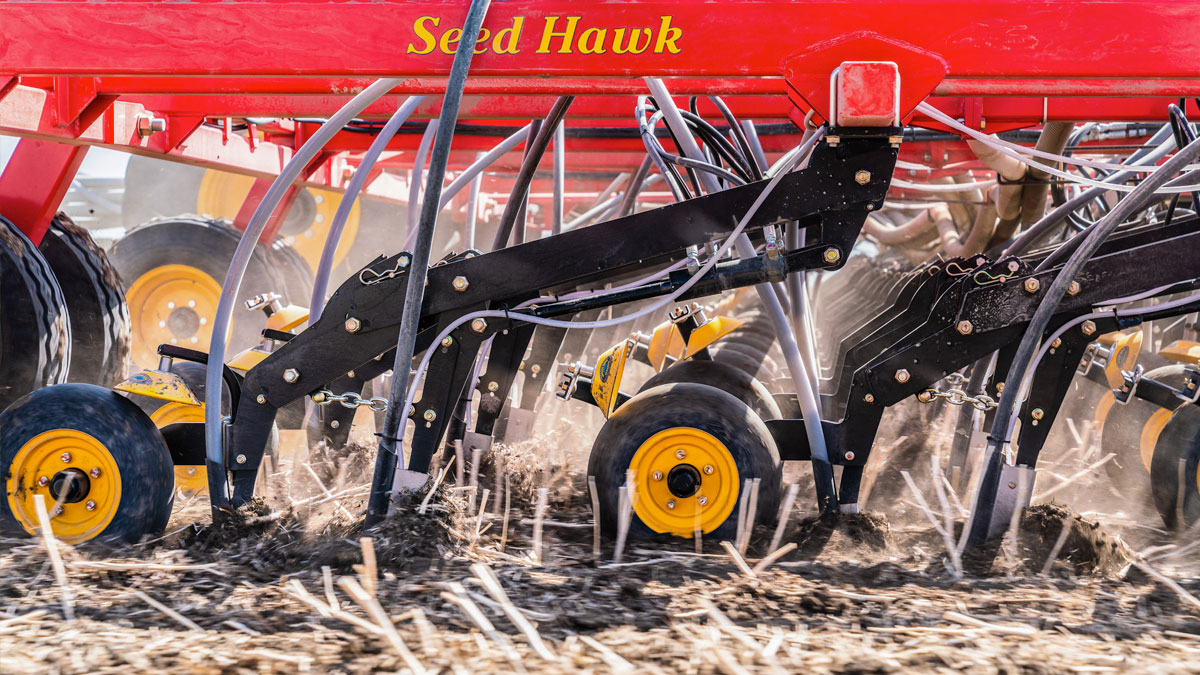
Precision placement
Seeds require substantial amounts of nutrients to properly germinate, grow, and produce top-yielding crops. It is important to strike the ideal balance between seed safety, when using higher rates of fertiliser, and providing the seed with quick access to nutrients essential to development.
The perfect separation of fertiliser and seed is obtained through the dual-knife system where the second knife covers the fertiliser with soil before dropping the seed. This creates a barrier between the seed and fertiliser, preventing fertiliser burn while allowing the seed early access to nutrients.
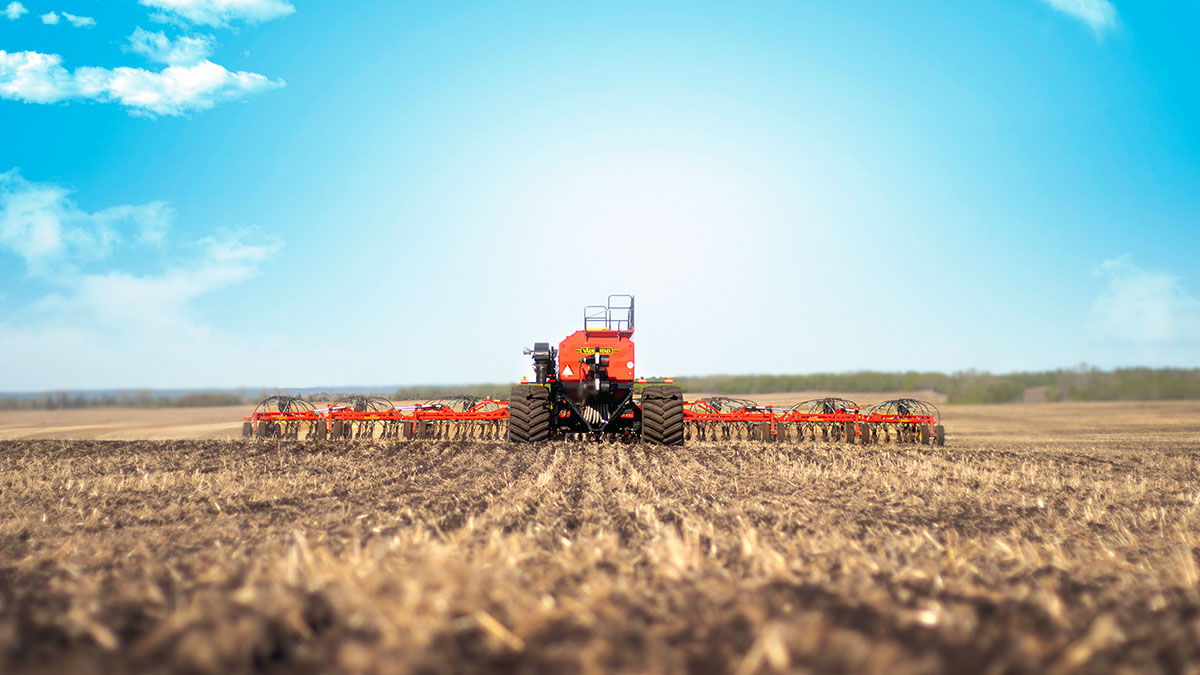
Minimal soil disruption
Moisture is the main limiting factor when it comes to determining crop yield. Any planting implement can perform in moist conditions, however, in terms of reducing risk to the grower, it is important to choose a drill that gives you proper seed-to-fertiliser placement while retaining as much moisture as possible.
The Seed Hawk opener system, with its narrow spread and original design, minimises soil disruption preserving the seedbed and existing moisture profile, providing the seed with ideal growing conditions from day one. Reduced soil disruption also aids in the preservation and buildup of organic matter in the soil, resulting in many benefits including increased moisture retention, improved nutrient availability, and enhanced soil structure.
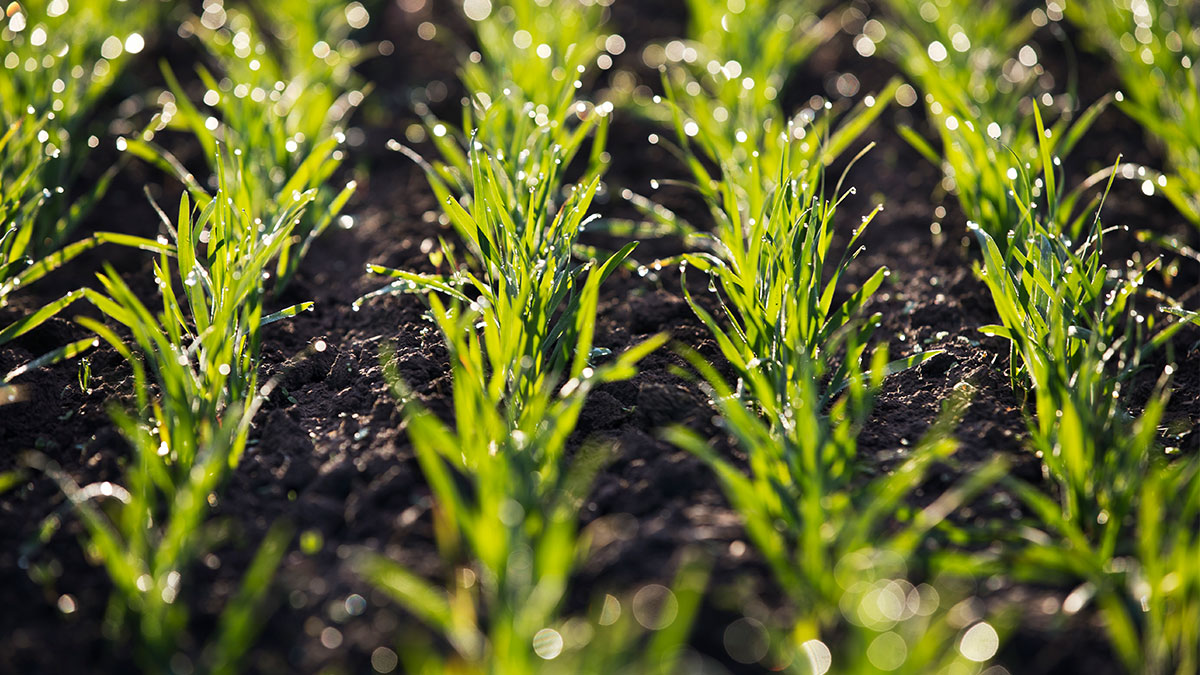
Quick emergence
While seed safety is critical to germination, it is equally important to provide the seeds with quick access to nutrients to jumpstart the sprouting and root development stages, when they are most vulnerable. The success of a crop is highly dependent on its defense against yield-limiting factors including early weeds, insects, and soil-borne diseases. Seed Hawk seeders are known for their ability to maximise the potential of the plant, provide uniform crop emergence, better quality and higher yields for a better return on investment.

Even maturity
With consistent seed-to-fertiliser placement and reduced variances in-furrow, the seeds can access nutrients at the same time, ensuring evenly maturing crops. An evenly maturing crop requires all plants to grow at the same rate, regardless of field terrain. Herbicide applications post-emergence and pre-harvest, as well as fungicide effectiveness, require the crop to be at the same stage during spraying to ensure proper performance.
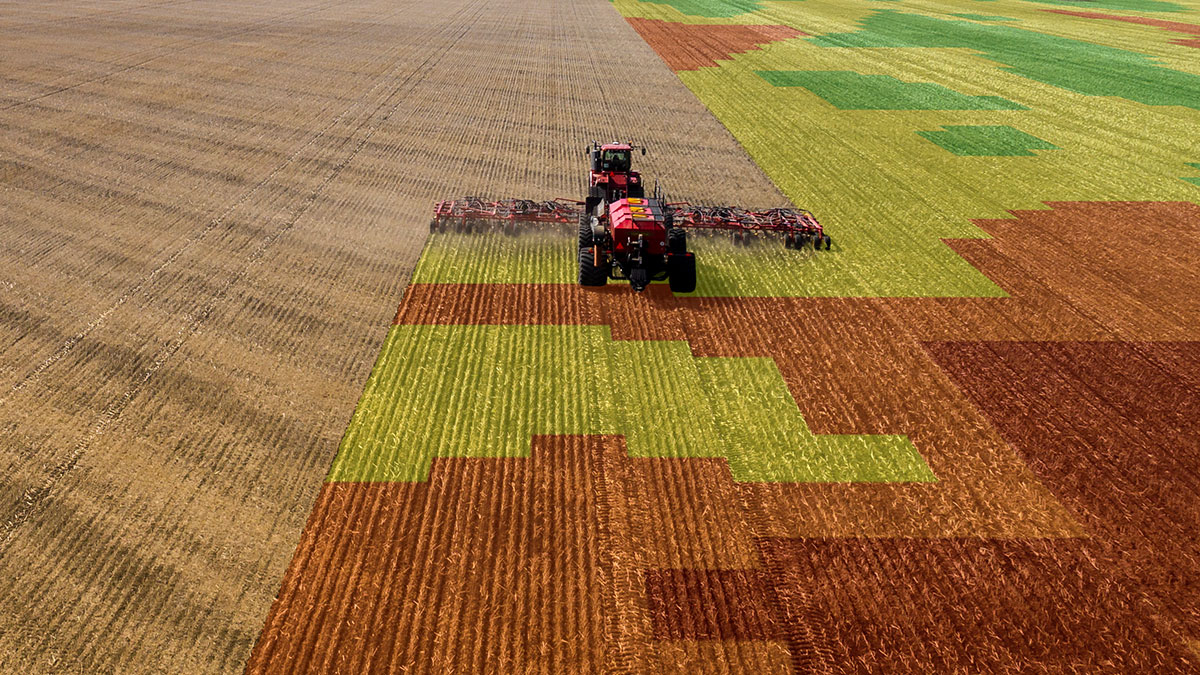
The right rate at the right time
The amount of fertiliser and seed required to achieve desired yield will vary across the field and, most times, over the width of the toolbar. Under-applying nutrients result in yield and quality loss while over-application can result in crop lodging. Seed Hawk’s iCon system is compatible with industry-leading prescription mapping to dial in the exact amount of product desired, reducing the amount of inputs used. Every 10 feet of toolbar has its own seed and fertiliser meter to ensure greater accuracy in variable terrain.
Focus on the seed's needs
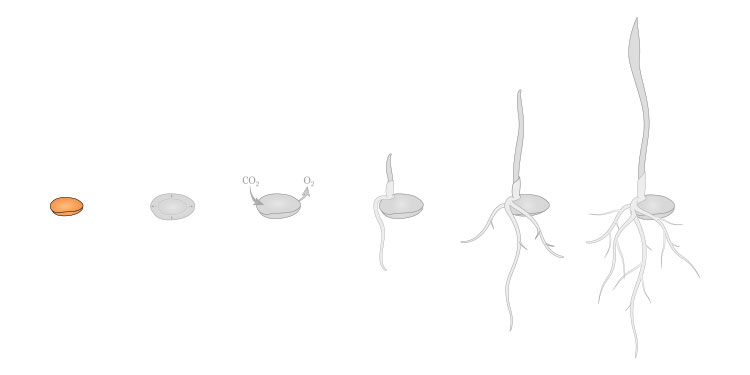
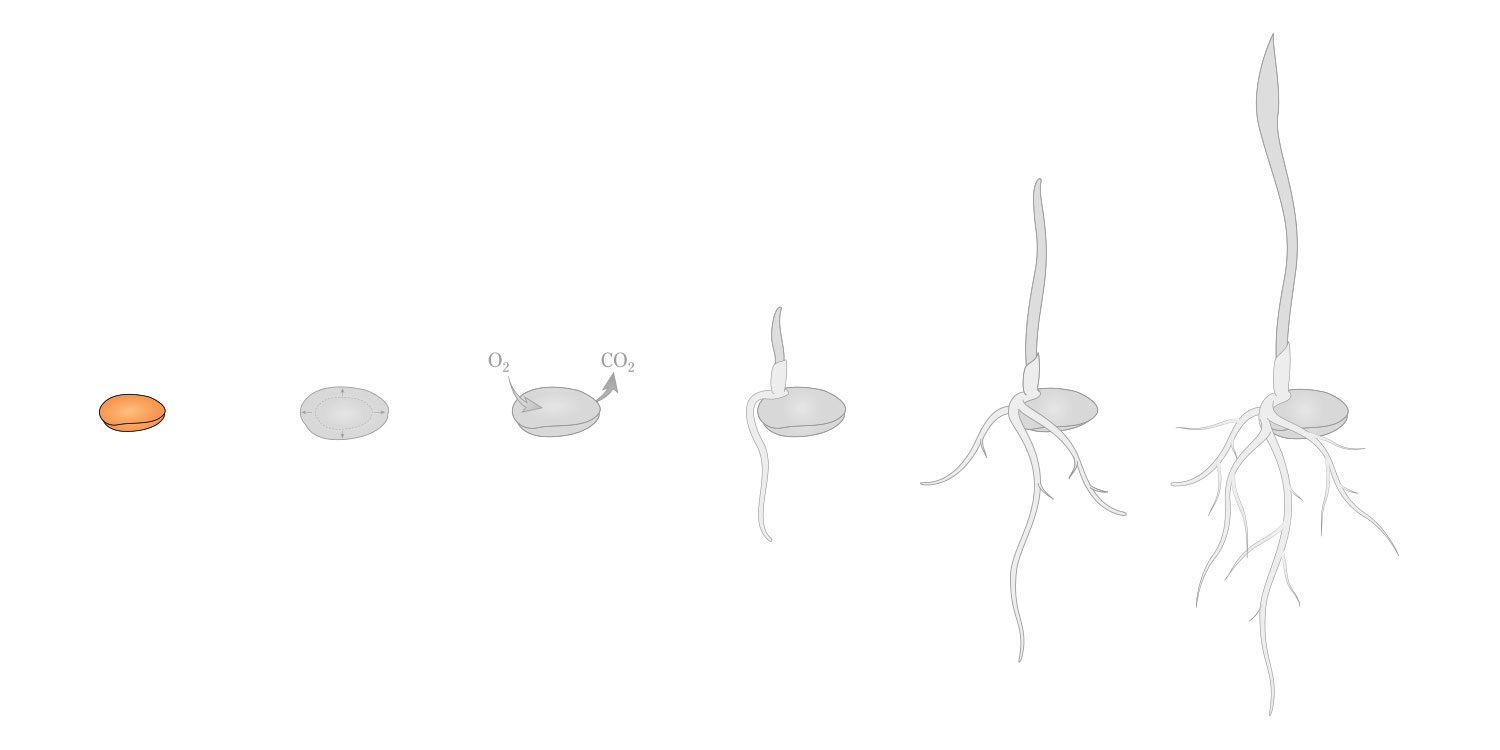

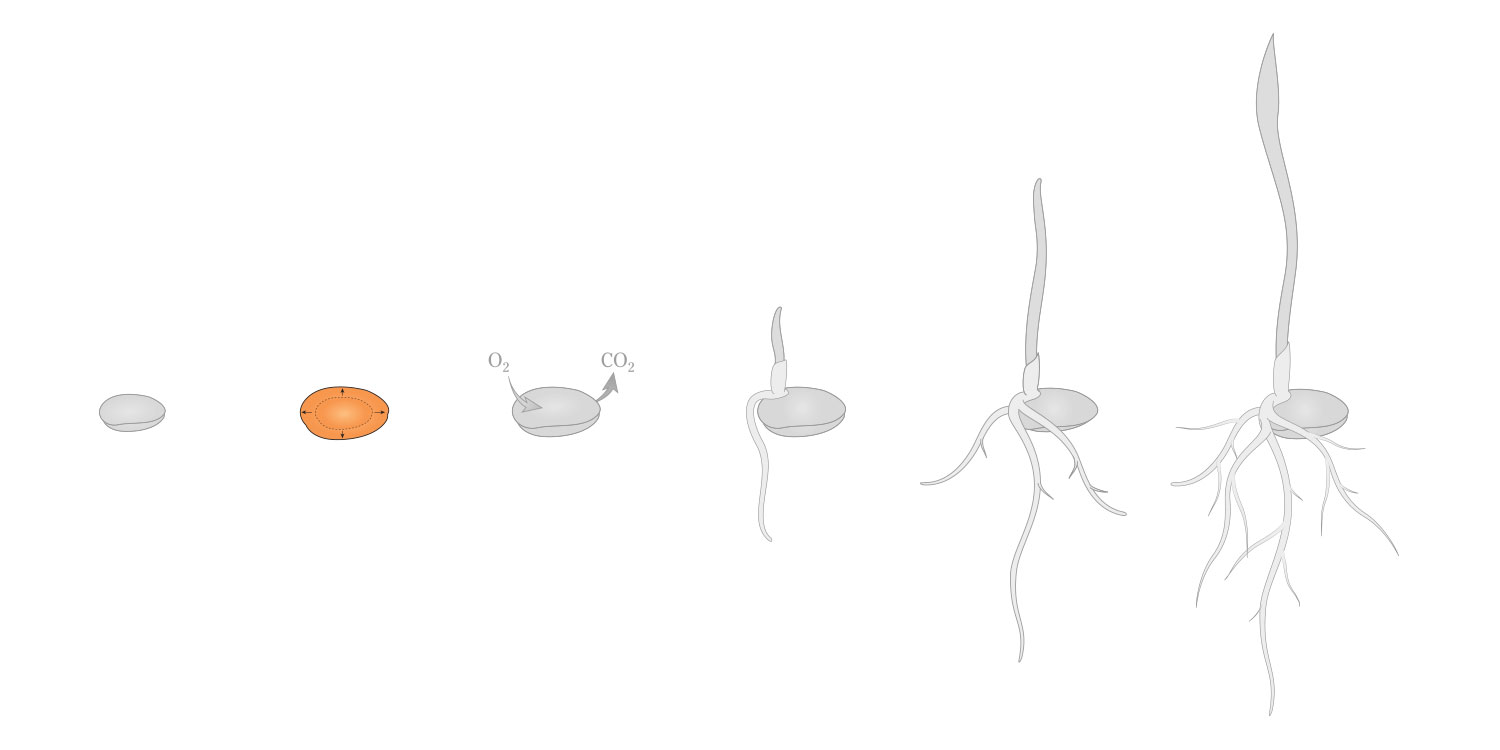
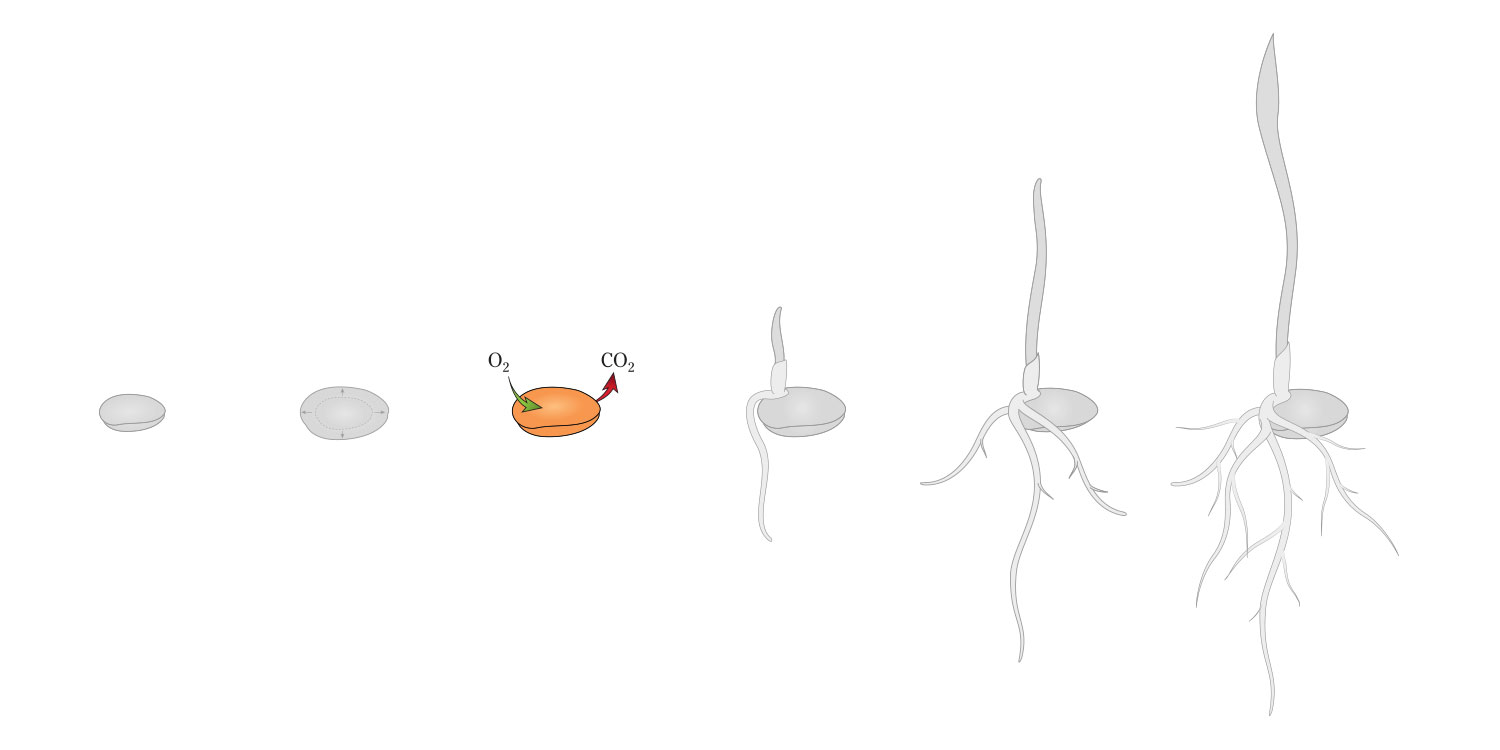
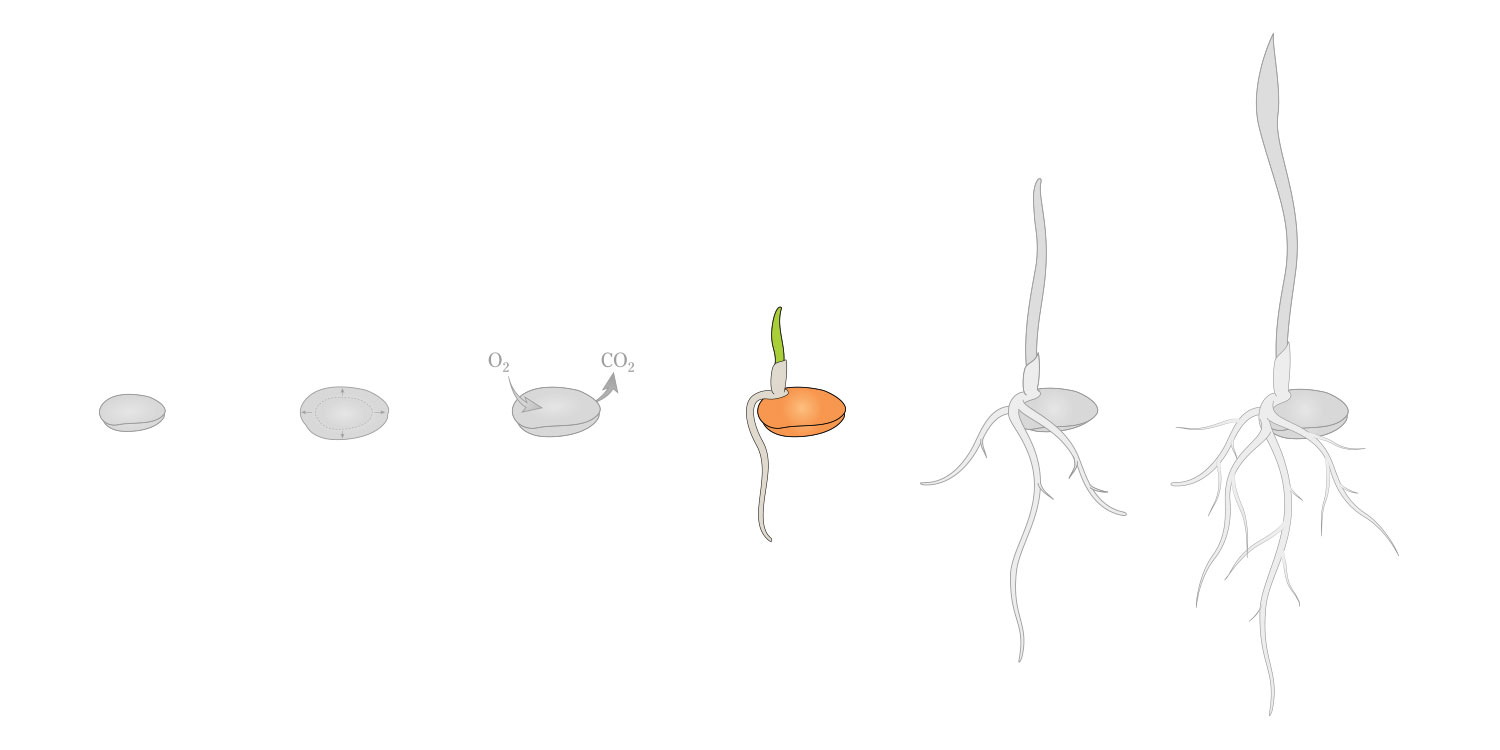



1. Depth placement
Producing the best crop possible begins at seeding time with precise, sound agronomy. It is the task of the equipment to maximise the potential of the seed and fertiliser being placed into the ground.

2. Lengthwise placement
A good placement gives every plant equal conditions maximising its yield potential.

3. Seedling Hygiene
Separation of seed slot and residues maximises yield potentials.

4. Seed Swelling
The seed needs moisture to start the germination process. Ensuring proper seed to soil contact around the seed is essential to provide this moisture. When the seed rests on moist firm soil, the roots and sprout can develop in fine tilth.

5. Seed respiration
As the seed respirates cell activity begins. For this to happen the seed requires fine tilth, perfect reconsolidation, and adequate drainage with fertiliser below the seed.

6. Quick start of germination
Warm temperatures trigger the start of the germination process.

7. Root and sprout development
The sprout emerges effortlessly through reconsolidated, fine tilth.

8. Density according to needs
The amount of fertiliser and seed required to achieve desired yields will vary across the field and, most times, aover the width of the toolbar.
